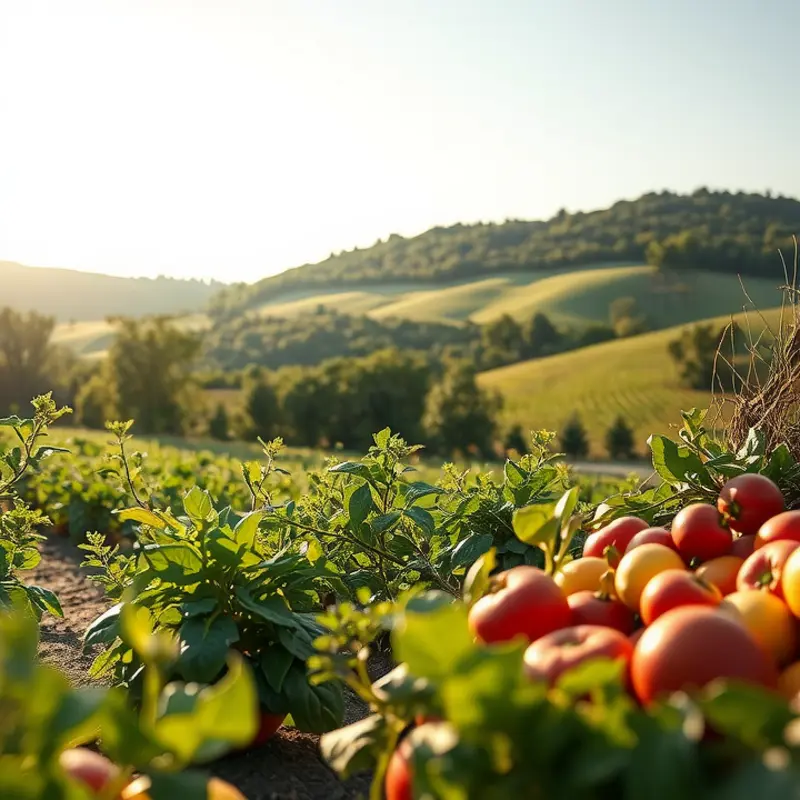Safety in the kitchen is paramount, especially when frying. With the right practices, you can enjoy delicious fried dishes while minimizing risk. This guide offers practical tips to elevate your frying skills and ensure a safer cooking environment, empowering home cooks of all levels to whip up their favorites with confidence.
Choosing the Right Oil for Safety and Flavor

The selection of cooking oil is crucial not only for enhancing the taste of your dishes but also for ensuring safe frying practices. Understanding the smoke point of various oils is key, as this indicates the temperature at which oil starts to smoke and degrade. Using oil beyond its smoke point can result in unpleasant flavors and potentially harmful compounds.
Let’s start with high smoke point oils, which are ideal for frying due to their stability under high heat. Refined avocado oil, with a smoke point of around 520°F (271°C), is an excellent choice for high-temperature frying, offering a mild flavor that doesn’t overpower dishes. Similarly, refined peanut oil, with a smoke point of approximately 450°F (232°C), is another robust option, lending a light, nutty taste that complements various fried foods.
Refined safflower and sunflower oils also boast high smoke points, around 450°F (232°C), making them suitable for frying while imparting a neutral flavor. These options are versatile for different culinary applications, and their neutral taste won’t clash with the other ingredients you’re using.
For a balance between flavor and safety, extra virgin olive oil can be used in particular frying situations, such as sautéing. It has a moderate smoke point of about 375°F (191°C). While it may not be suitable for high-temperature frying, its rich, fruity flavor can enhance the taste of your food when used at lower temperatures.
On the other hand, oils with low smoke points, like unrefined flaxseed or walnut oil, are not suitable for frying. These oils are better suited for dressings or as finishing oils. They can easily break down under heat, leading to the release of undesirable tastes and compounds.
Moreover, consider the flavor profile of oils when choosing the right one for your dish. For instance, using coconut oil, which has a distinctive flavor and a smoke point of around 350°F (177°C), can add a tropical twist to your meal. However, it’s important to use it in recipes where its unique taste is a benefit.
Ultimately, choosing the right oil involves a careful consideration of both the smoke point and the flavor profile you desire. For those interested in incorporating alternative flavors while maintaining safety, exploring flavor boosters without salt can offer additional guidance on enhancing dishes without sacrificing safety.
By understanding these nuances, you not only protect yourself from the hazards of overheating oils but also elevate the overall quality and flavor of your fried creations.
Essential Frying Techniques for Safety

Mastering the art of safe frying involves a few key techniques, starting with temperature control. Oil temperature is critical in achieving perfect frying results and avoiding dangerous splatters or flare-ups. Use a kitchen thermometer to ensure your oil stays between 350°F and 375°F. If oil gets too hot, your food will burn; if it’s too cool, your dishes will become greasy. Spotting these subtle temperature differences can transform your frying from amateur to professional.
Choosing the right frying equipment is another cornerstone of safe frying. A deep, heavy skillet or a dedicated fryer helps in maintaining consistent heat. These tools prevent oil from spilling over the edges and offer a safe environment to work in. Heat-resistant, long-handled utensils also come in handy when stirring or flipping food, keeping your hands safely out of the splash zone.
Handling hot oil safely is paramount. Always add food gently into oil to avoid splashes, and never drop it from a height. Dry your ingredients thoroughly to minimize spatter caused by water interacting with hot oil. Cleaning up oil spills promptly decreases slipping hazards and maintains a safe kitchen space.
Choosing oils with a high smoke point helps reduce the risk of about-to-burn oil. Consider using oils like canola, sunflower, or refined peanut oil. These oils withstand higher temperatures better than olive oil or butter. If you’re not ready to fry an entire dish, these oils can help you achieve a light sauté without safety concerns. For those interested in minimal-prep dinner options that involve pan-frying, this link could provide convenient solutions.
If accidents do occur, never use water to extinguish an oil fire, as it can cause the flames to spread. Instead, cover the pan with a lid to smother the flames or use baking soda. Having a fire extinguisher rated for grease fires on hand can make all the difference in tackling an unexpected kitchen incident.
Remember, practice makes perfect. The more you familiarize yourself with these techniques, the more comfortable and safe you’ll become in the kitchen. Adopting these strategies will make frying a delightful challenge rather than a daunting task.
Final words
With the right techniques and knowledge, frying can be both a delightful and safe experience. By selecting appropriate oils and mastering essential frying practices, home cooks of all levels can create impressive meals while minimizing risks. Remember, safety doesn’t mean sacrificing flavor; it enhances your cooking experience. Enjoy frying with confidence and delight in the delicious results you create, knowing you’re practicing safe cooking habits.







